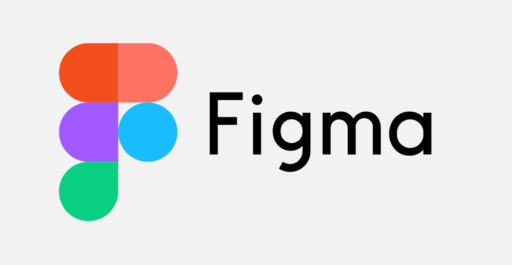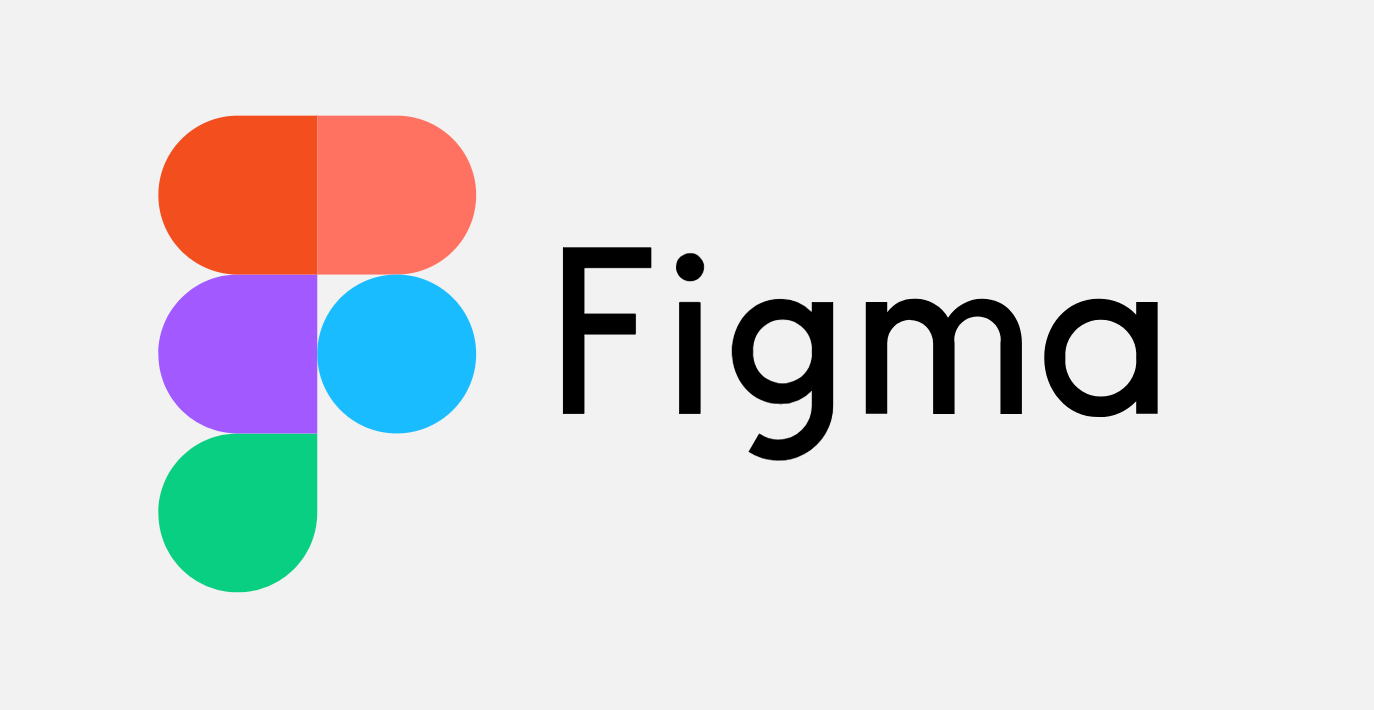In the ever-evolving world of digital design, staying ahead of the curve means adopting tools that enhance creativity, collaboration, and efficiency. One such tool that has been making waves in the design community is Figma. Launched in 2016, Figma has quickly become a favorite among designers, thanks to its innovative features and user-centric approach.
What Makes Figma Stand Out?
Real-time Collaboration
One of Figma’s most compelling features is its ability to facilitate real-time collaboration. Unlike traditional design tools that require designers to save, send, and merge files, Figma operates in the cloud. This means multiple designers can work on the same project simultaneously, seeing each other’s changes in real-time. This collaborative environment not only speeds up the design process but also fosters creativity and teamwork.
Cross-platform Accessibility
Figma’s cross-platform accessibility is a game-changer for designers and teams worldwide, offering a seamless experience across different devices and operating systems. As a web-based tool, Figma eliminates the need for installing and updating software, allowing designers to log in from any device with an internet connection and start working immediately. This consistency across Mac, Windows, and even Chromebooks ensures that all team members, regardless of their hardware, enjoy the same user experience. Figma is particularly advantageous for remote work, as it enables team members to collaborate in real-time from anywhere, enhancing productivity and reducing delays caused by traditional back-and-forth communications.
Robust Prototyping and Design Features
Figma combines powerful vector editing tools with intuitive prototyping capabilities. Designers can create intricate UI designs and then turn them into interactive prototypes without needing to switch tools. This integration streamlines the workflow, allowing for faster iterations and more cohesive designs.
The Impact of Figma on the Design Industry
Figma’s rise is not just about its feature set; it represents a shift in how design teams operate. Here are a few ways Figma is impacting the industry
Enhanced Team Collaboration
Figma’s real-time collaboration has transformed team dynamics. Designers, developers, and stakeholders can all work within the same file, providing instant feedback and making adjustments on the fly. This has led to more cohesive and well-integrated design outputs.
Streamlined Design Processes
With Figma, the design process has become more streamlined. The ability to create, prototype, and gather feedback all within one tool eliminates the need for multiple applications, reducing the time spent on managing different files and formats.
Increased Adoption in Education
Figma’s accessibility and collaborative features make it an excellent tool for design education. Students and educators can work together in real-time, facilitating a more interactive and engaging learning experience. As a result, Figma is becoming increasingly popular in design schools and educational programs.







